How To Connect Sony Zv 1 Tripod ?
To connect a tripod to the Sony ZV-1 camera, you need to use the tripod screw hole located at the bottom of the camera. The screw hole is a standard 1/4-inch thread, which is compatible with most tripods.
To connect the camera to the tripod, you need to align the screw hole on the camera with the screw on the tripod head. Then, gently screw the camera onto the tripod until it is securely attached.
Make sure that the camera is level and stable on the tripod before you start shooting. You can adjust the tripod legs and head to get the desired angle and height for your shot.
It is also recommended to use a tripod with a ball head or a pan-tilt head, which allows you to adjust the camera's position and angle smoothly and precisely.
1、 Screw mount compatibility
To connect the Sony ZV-1 to a tripod, you will need to use the screw mount located on the bottom of the camera. The screw mount is a standard 1/4-inch thread, which is compatible with most tripods and other camera accessories.
To attach the camera to the tripod, simply align the screw mount on the bottom of the camera with the tripod's mounting plate and screw it in place. Make sure the camera is securely attached to the tripod before using it to avoid any accidents.
It's worth noting that the Sony ZV-1 is a compact camera, so it may not be compatible with larger or heavier tripods. It's important to choose a tripod that is appropriate for the size and weight of the camera to ensure stability and safety.
Additionally, some tripods may require an adapter or quick-release plate to attach the camera securely. Be sure to check the compatibility of your tripod and any necessary accessories before attempting to attach the camera.
Overall, connecting the Sony ZV-1 to a tripod is a simple process that can greatly improve the stability and quality of your photos and videos.
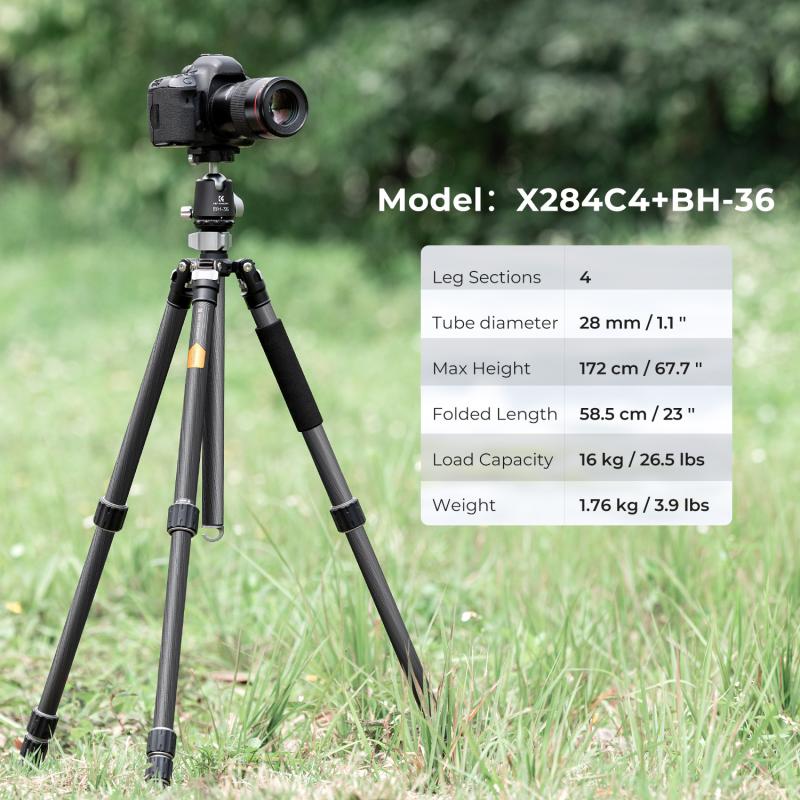
2、 Tripod plate size
How to connect Sony ZV-1 tripod:
Connecting a tripod to your Sony ZV-1 camera is a simple process. The camera has a standard tripod mount on the bottom, which is compatible with most tripods. Here are the steps to connect your Sony ZV-1 to a tripod:
1. Locate the tripod mount on the bottom of your Sony ZV-1 camera.
2. Align the tripod plate with the mount on the bottom of the camera.
3. Screw the plate onto the camera mount until it is secure.
4. Attach the tripod head to the plate.
5. Adjust the tripod head to the desired angle and tighten the screws.
6. Your Sony ZV-1 camera is now securely attached to the tripod.
Tripod plate size:
The Sony ZV-1 camera has a standard 1/4-inch tripod mount, which is compatible with most tripods. However, it is important to check the size of the tripod plate before purchasing a tripod. Some tripods may have a larger or smaller plate size, which may not be compatible with the Sony ZV-1 camera. It is recommended to check the specifications of the tripod before purchasing to ensure compatibility with your camera. Additionally, some tripods may come with a universal plate that can be adjusted to fit different camera sizes, including the Sony ZV-1.

3、 Weight capacity of tripod
How to connect Sony ZV-1 tripod:
Connecting a tripod to your Sony ZV-1 camera is a simple process. First, ensure that your tripod is compatible with the camera's weight and size. Then, locate the tripod mount on the bottom of your camera and align it with the tripod's mounting plate. Once aligned, screw the mounting plate onto the camera's tripod mount and tighten it securely. Your Sony ZV-1 camera is now securely attached to the tripod.
Weight capacity of tripod:
The weight capacity of a tripod is an important consideration when choosing a tripod for your Sony ZV-1 camera. The weight capacity refers to the maximum weight that the tripod can support without collapsing or tipping over. It is important to choose a tripod with a weight capacity that is greater than the weight of your camera and any accessories that you may be using.
The weight of the Sony ZV-1 camera is approximately 294 grams without any accessories. When choosing a tripod, it is recommended to choose one with a weight capacity of at least 1.5 times the weight of your camera. This will ensure that the tripod is stable and can support the weight of your camera and any accessories.
In conclusion, connecting a tripod to your Sony ZV-1 camera is a simple process, and it is important to choose a tripod with a weight capacity that is greater than the weight of your camera and any accessories. By following these guidelines, you can ensure that your camera is securely attached to the tripod and that your shots are stable and steady.
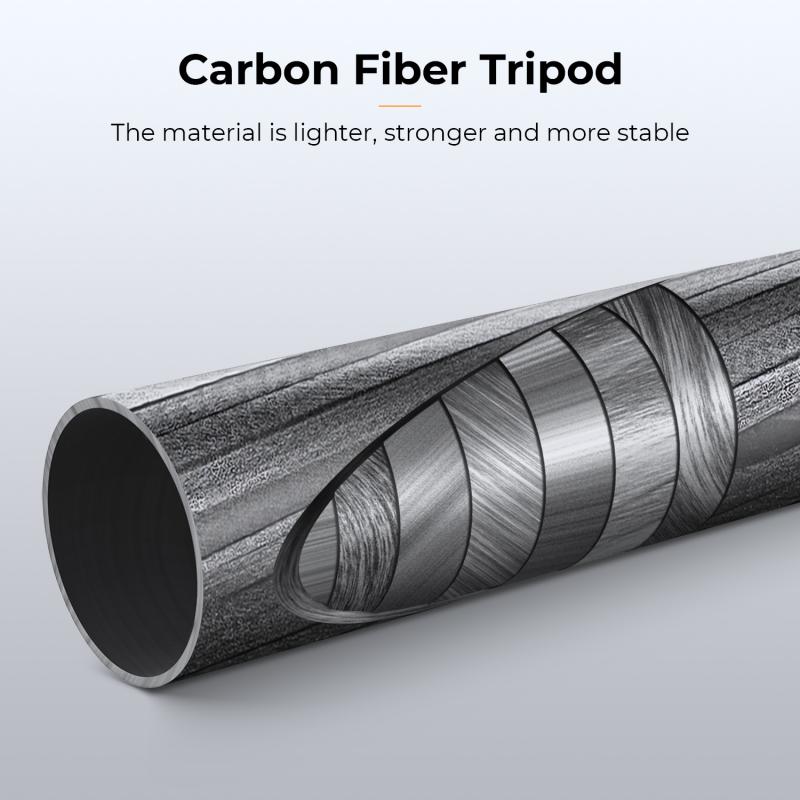
4、 Tripod height and stability
How to connect Sony ZV-1 tripod:
Connecting a tripod to your Sony ZV-1 camera is a simple process. First, ensure that your tripod is compatible with the camera's mounting system. The Sony ZV-1 has a standard 1/4-inch tripod socket, which is a common size for most tripods. Once you have confirmed compatibility, attach the tripod plate to the bottom of your camera. The plate should have a screw that fits into the tripod socket. Tighten the screw securely to ensure that your camera is stable on the tripod.
Tripod height and stability:
When using a tripod with your Sony ZV-1 camera, it is important to consider the height and stability of the tripod. The height of the tripod should be adjusted to suit your shooting needs. If you are shooting at eye level, the tripod should be set at a height that allows you to comfortably look through the viewfinder or screen. If you are shooting from a low angle, the tripod should be lowered to the ground.
Stability is also crucial when using a tripod. Ensure that the legs of the tripod are spread wide enough to provide a stable base. If you are shooting in windy conditions, consider using a weight bag or sandbag to add extra stability. Additionally, avoid touching the camera or tripod while shooting to prevent any unwanted movement.
In conclusion, connecting a tripod to your Sony ZV-1 camera is a simple process that can greatly improve the stability and quality of your shots. When using a tripod, consider the height and stability to ensure that your camera is secure and your shots are steady.









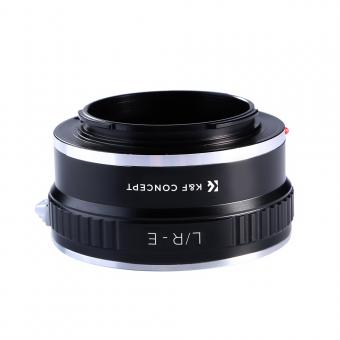
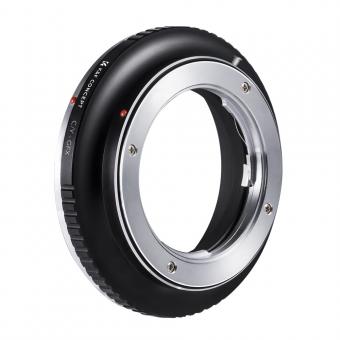
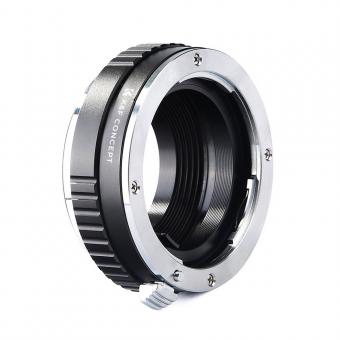
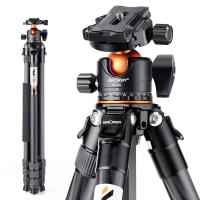



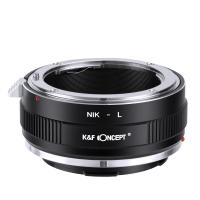


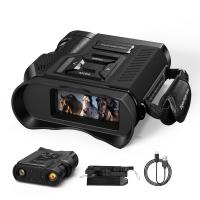
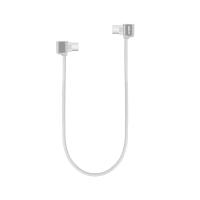

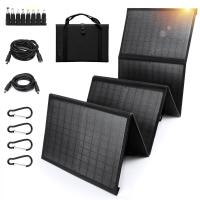
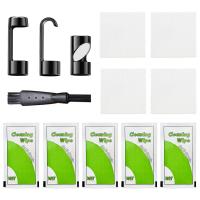
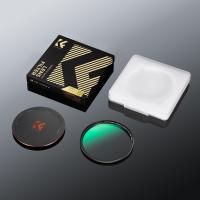



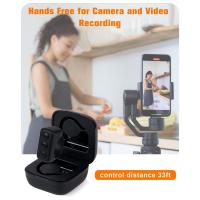
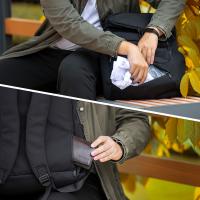
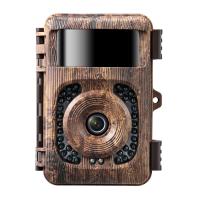
There are no comments for this blog.